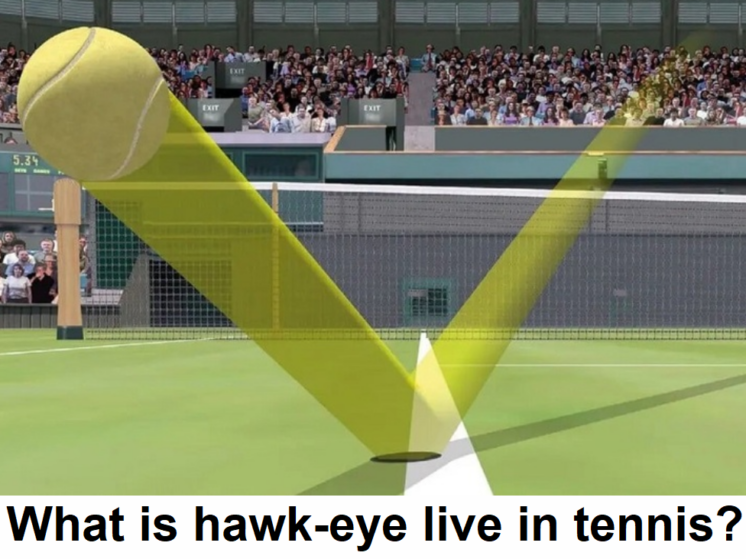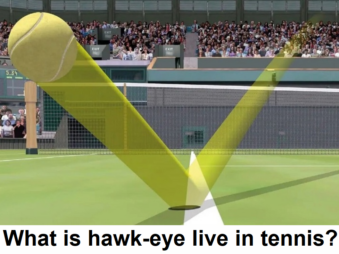

The tennis court of a professional tennis match conventionally features the players involved, a chair umpire, ball kids and line judges. Line judges are the ones who are trained to make calls on whether the ball landed within or out of bounds.
Hawk-eye is a technological advance that has been used as a decision review system in tennis for many years now. In 2020, the U.S. Open took a step further by expanding the role of Hawkeye beyond that of a review system. Two of its show courts were equipped with Hawkeye technology that now made decision for every single point. This was called Hawkeye live.
In 2021, the Australian Open became the first Slam to use Hawkeye live in all of its matches. The US Open followed suit in the 2022 season. The tournament now utilizes over 200 cameras across 17 courts. Each court has 12 ball tracking cameras and six foot fault cameras. The cost of Hawkeye live to be installed on one court is $100,000.
The Hawkeye technology takes three days to setup. It tracks the ball by capturing at a rate of 340 frames per second. The images are transferred to an external setup known as the Hawkeye Nest. An ‘in’ or ‘out’ call is made based on the images showed in the Hawkeye Nest. A foot fault is also judged by a review official who is seated near the Hawkeye Nest. These officials can press a button in real time if they observe a foot fault.
Hawkeye live is gaining prominence owing to its accuracy and reducing the challenge of making officials travel from one tournament to the other.




